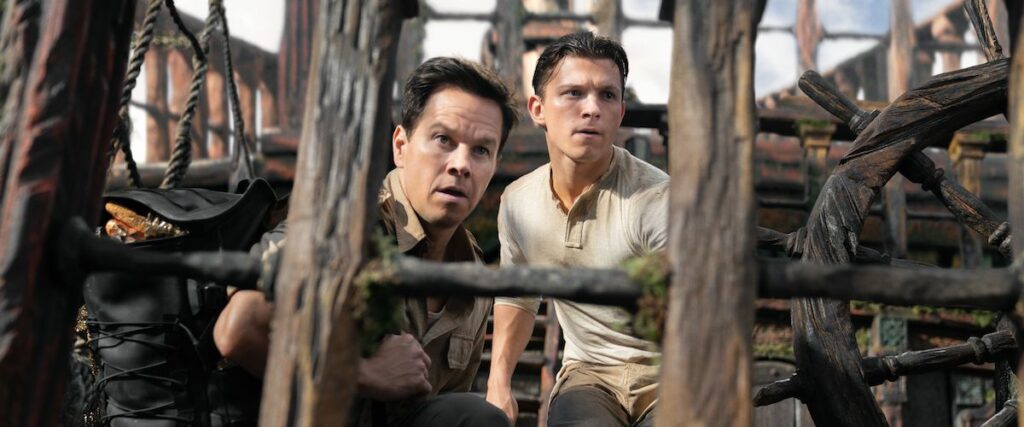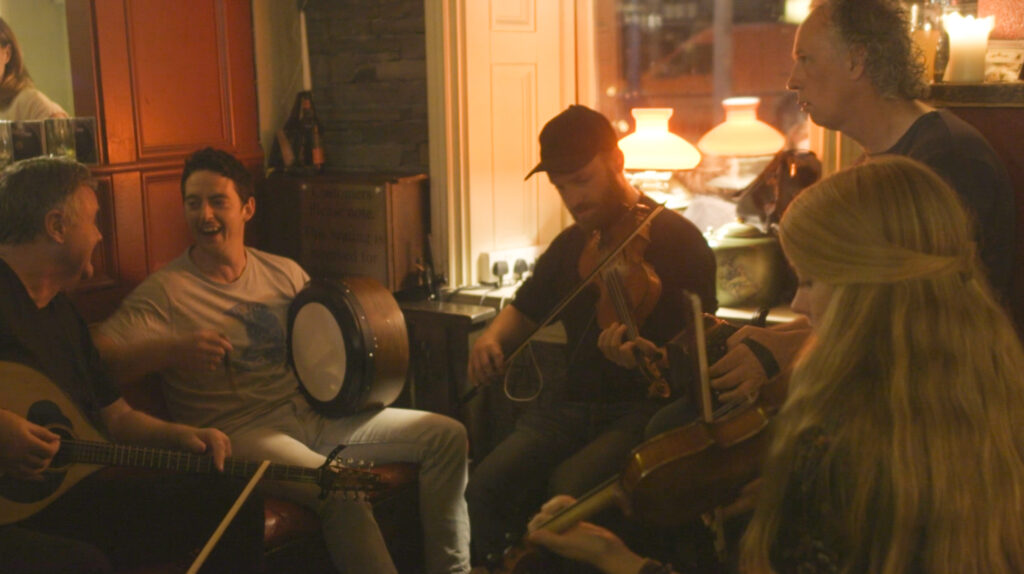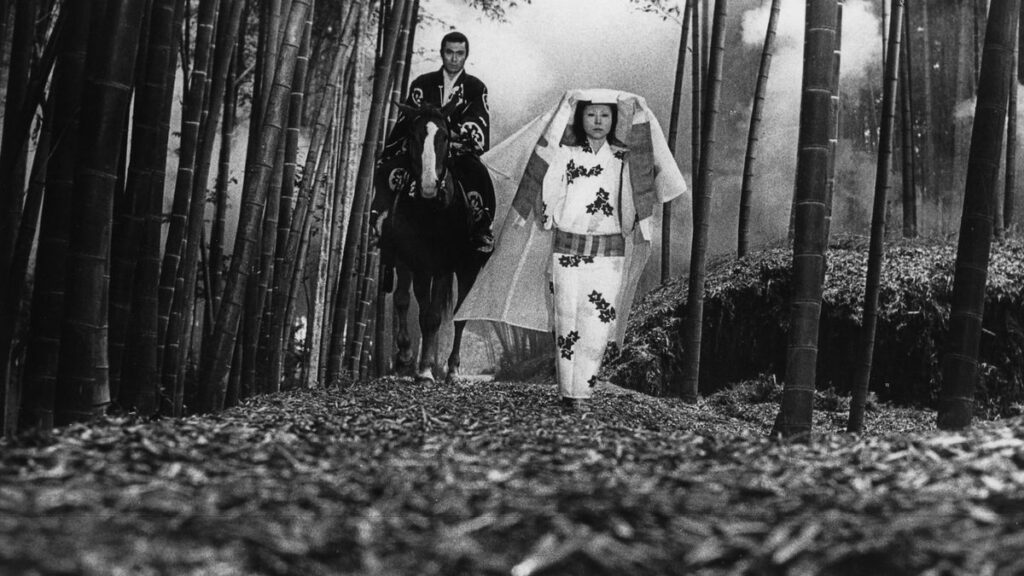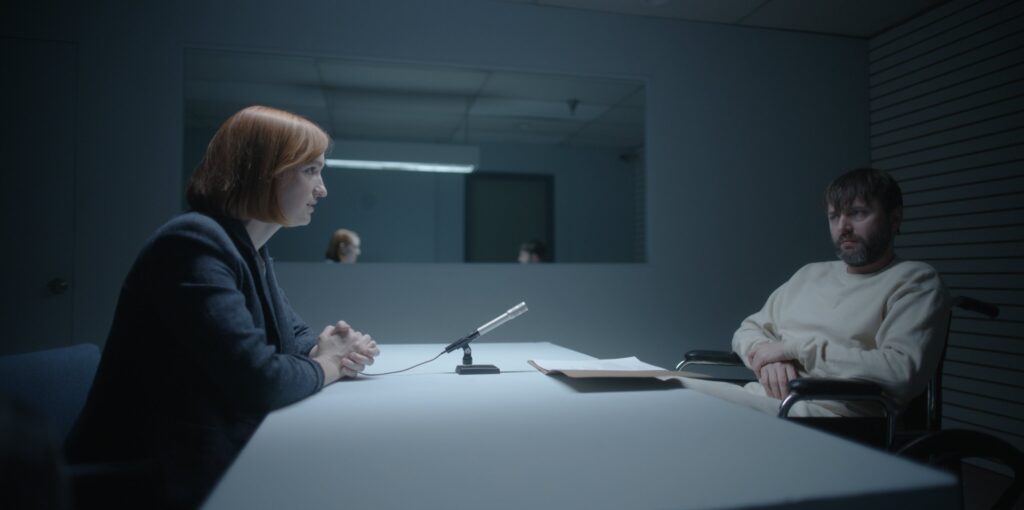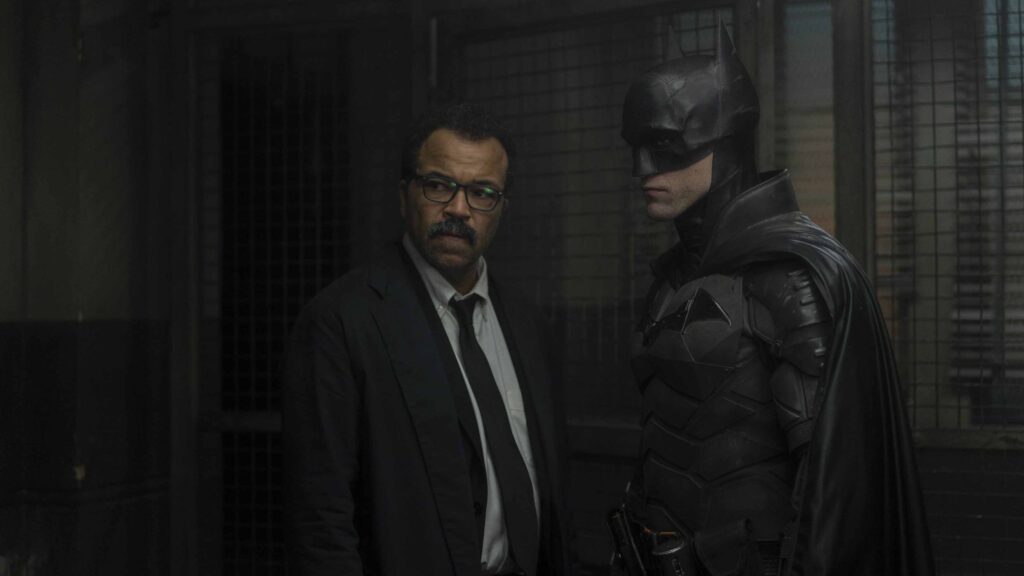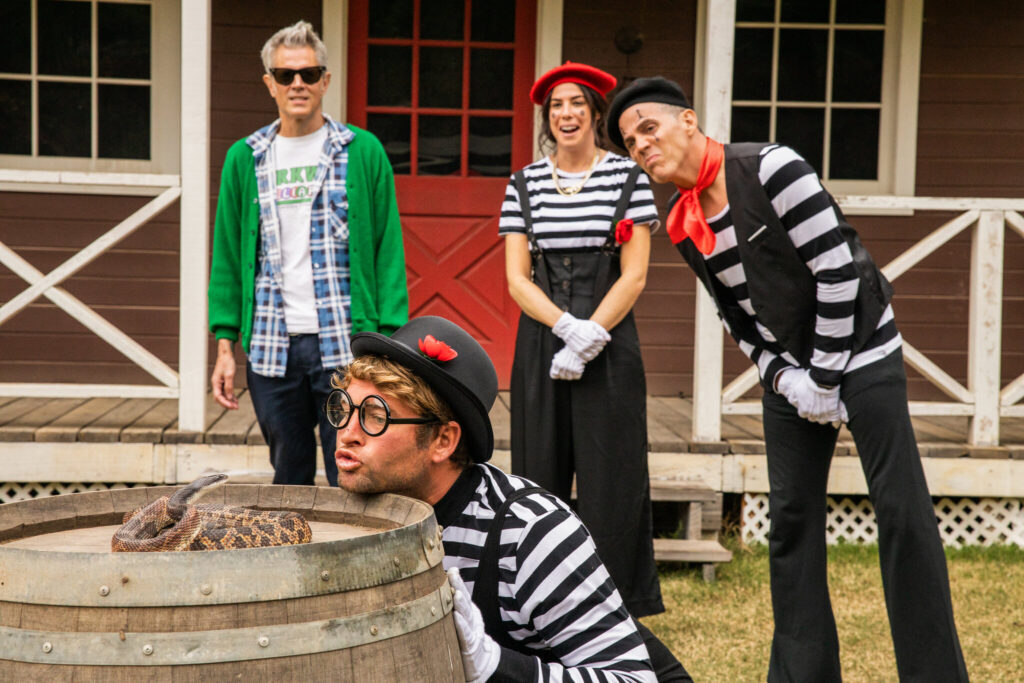Most successful reality television works best when operating in the realm of mindless escapism, beautiful people doing terrible things to each other in luscious locations. Big Brother stakes its territory out in the pages of Foucault’s seminal classic Discipline & Punish. The Panopticon comes to life within the confines of the Big Brother house, where the world can tune at any hour of the day to watch a bunch of strangers stuck together with nothing to do but stab each other in the back.
Season 10 of Big Brother Canada followed shortly after the conclusion of the third season of the American Celebrity Big Brother, a golden opportunity for those of us who felt more than a bit underwhelmed by the poor quality of play in CBB, where many of the contestants barely understood what show they were on, leaving themselves easy marks for winner Miesha Tate and her primary ally, runner-up Todrick Hall. Big Brother is anything but easy, months of isolation from the outside world, unstable nutrition, and terrible sleeping conditions.
The Big Brother Canada house sets itself apart from other iterations of the show with its commanding beauty. Canada gives its houseguests significantly more space than its neighbors to the south, the season 10 buildout looking like a postmodern casino warehouse pop-up. With plenty of rooms to plot schemes, “BB Can,” as it’s affectionately referred to, manages to keep the drama elevated without the sense of claustrophobia favored in other versions.
There have been more than 500 different seasons of Big Brother across the world since the show’s launch in 1999. Patterns tend to develop with that kind of longevity, even putting aside the fact that the American and Canadian versions follow a different set of rules than the rest of the world. The jocks of the house tend to align early on, making easy targets of the lone wolves, people of color, and LGBTQ people. Efforts to introduce a more inclusive cast of houseguests haven’t done all that much to fundamentally alter the status quo of this reality.
What sets Big Brother Canada apart from its American counterpart is the relentless way its houseguests actually engage in the game. It’s easy for the flow of the house to feel inevitably pointed in one direction, where the strongest competition players are able to control the tempo until the time comes for them to turn on each other. Twists rarely happen early on.
Season 10 of Big Brother Canada delivered some of the juiciest drama in BB history, just in its third week. Head of Household Kyle Moore sat pretty on top of his alliance, the wind at his back. HoH Icarus took one look at the sun and decided to take his chance to cement his reign as one for the ages. In a game where no one should trust anyone, Kyle began to target his own alliance for no apparent reason.
Tolstoy wrote with great skepticism about the power of generals to use their sheer force of will to conquer throughout War and Peace. Reality spares little time for the whims of men who sit in cushy chairs far removed from the action. The proletariat houseguests are used to falling in line, lest they find themselves next on the chopping block, but emperors cannot simply force their will into existence.
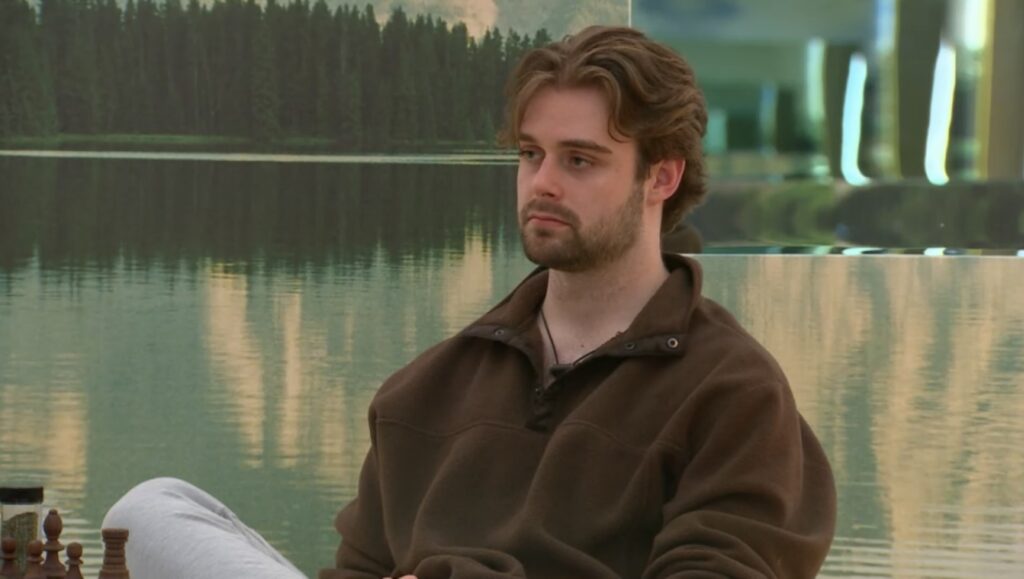
Kyle reaping the fruits of his disastrous HOH run. Courtesy of Big Brother Canada live feeds.
Big Brother Canada finds such beauty in the simple mechanics of the game. Kyle initially nominated Stephanie Paterson and Moose Bendago, both key allies, for eviction. When Moose won the Power of Veto competition, Kyle saw a chance to go down in history by turning his fire on another ally, Josh Nash, widely viewed as one of the strongest competitors in the game. The seeming inevitability of Josh’s fate came up against his sheer force of will to stay. Campaigning for his life, Josh pulled off a stunning upset in the eviction ceremony, a 9-2 vote that sent a visibly shocked Stephanie home. Season 10’s eighth episode seems destined to go down as one of the most thrilling episodes in the entire franchise’s long and storied history.
How often is reality TV capable of genuine excitement? BB live-feed diehards find joy in the often-mundane nature of the game. Big Brother is a marathon, not a sprint, but for large chunks of the time, it can barely feel like much of an actual competition. That’s where Big Brother Canada distinguishes itself from the rest of the pack. The houseguests came not merely to survive Big Brother, but to play Big Brother.
A game based on treachery and deception deserves houseguests willing to perpetually sharpen their knives. Big Brother Canada is vastly superior to its American counterpart through its commitment to engaging in the ugliness of humanity’s baser instincts. Americans aren’t used to being bested in the reality-TV category, but our neighbors to the north certainly have us beat on this front. BB diehards should not sleep on this amazing season.







